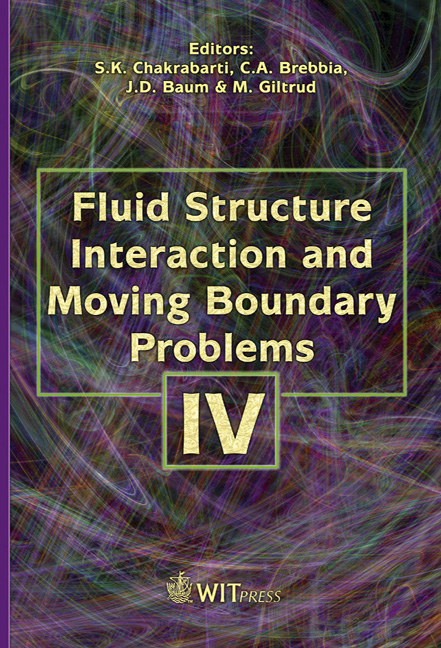Instability Of An Elliptical Flow: Weakly Nonlinear Analysis
Price
Free (open access)
Transaction
Volume
92
Pages
9
Published
2007
Size
1,107 kb
Paper DOI
10.2495/FSI070181
Copyright
WIT Press
Author(s)
Y. Hattori, Y. Fukumoto & K. Fujimura
Abstract
Elliptical flows are of interest since they appear in various vortical flows in which circular vortices are deformed by straining flow. We study the nonlinear evolution of an elliptical flow by weakly nonlinear analysis. Two sets of amplitude equations are derived for different situations. First, the evolution of bending waves is considered. Nonlinear interaction of the two base Kelvin waves results in cubic nonlinear terms, which leads to saturation of the elliptical instability. Next, the secondary instability is considered. Three Kelvin waves, one of which is a bending wave, form a resonant triad thanks to freedom of wavenumber shift. As a result three-wave equations augmented with linear terms are obtained as amplitude equations. They explain the previous numerical results on the secondary instability obtained by Kerswell J. Fluid Mech., 382, pp. 283–386, 1999. Keywords: elliptical flow, weakly nonlinear analysis, triad resonance, secondary instability. 1 Introduction Large-scale coherent vortical structures are ubiquitous in turbulent flows. They are often seen to destabilize and collapse to small-scale disorder. There are several important mechanisms of the destabilization among which are the elliptical instability [1–5] and the curvature instability [6, 7]. Both instabilities are the consequences of parametric resonance of two Kelvin waves mediated by
Keywords
elliptical flow, weakly nonlinear analysis, triad resonance, secondary instability.





